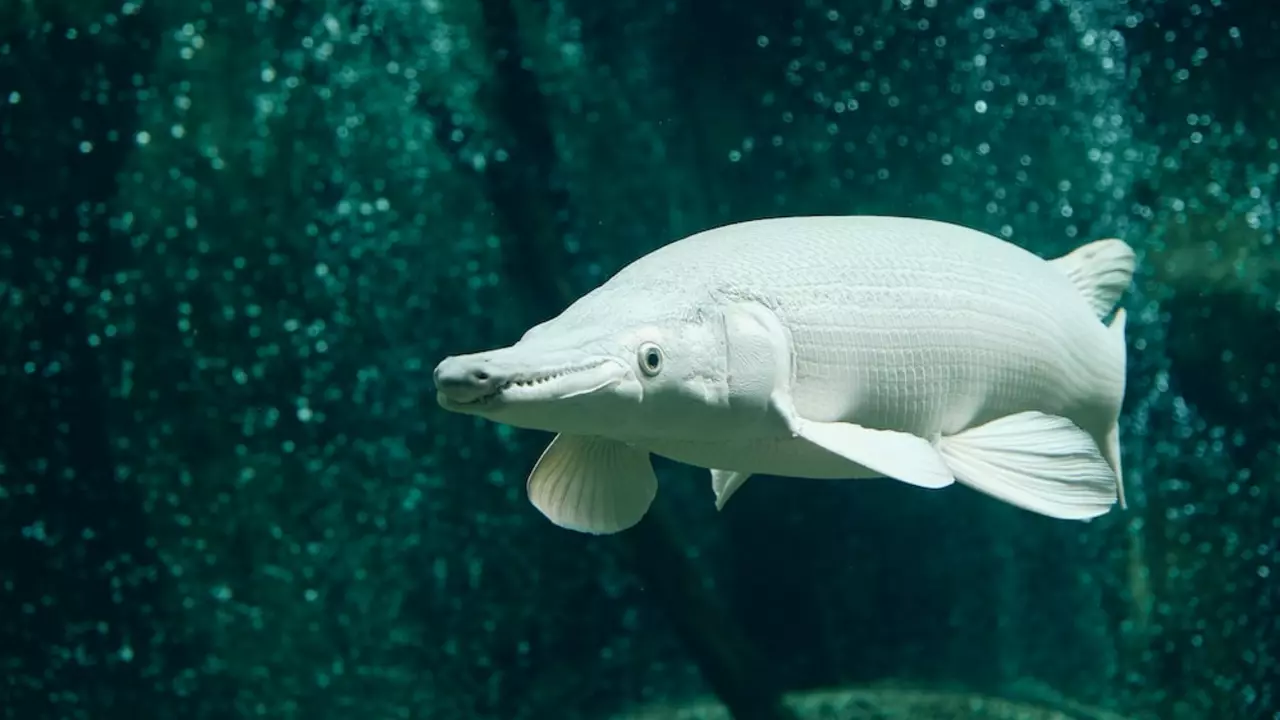Introduction to Aquatic Animals
In the vast world of animals, there is a distinct classification that groups animals based on where they live. One such classification is aquatic animals. Aquatic animals are ones that live, thrive, and interact in water. These animals are fascinating and diverse, ranging from the smallest microscopic organisms to the largest creatures on the planet.
Defining Aquatic Animals
What makes an animal aquatic? Simply put, aquatic animals are those that live in water for most or all of their lives. They have developed unique physiological features that enable them to survive and thrive in various water environments, whether it’s the salty ocean, brackish estuaries, or freshwater lakes and rivers.
Types of Aquatic Animals
There are numerous types of aquatic animals, each with their own unique characteristics and adaptations. These range from fish, which are the most common type of aquatic animal, to mammals like dolphins and whales, to invertebrates like jellyfish and crustaceans, and even includes amphibians and reptiles who spend a significant part of their lives in water.
An In-Depth Look at Fish
When we think of aquatic animals, fish are probably the first that come to mind. Fish are a diverse group of aquatic animals, with thousands of different species found in nearly every aquatic environment on Earth. Some fish, like sharks and rays, are cartilaginous, while others, like goldfish and bass, are bony.
The Fascinating World of Aquatic Mammals
While the majority of mammals live on land, a number of them are perfectly adapted to life in the water. Aquatic mammals, such as dolphins, whales, and seals, have developed unique adaptations that allow them to live in the ocean. These include blubber for insulation, flippers for swimming, and the ability to hold their breath for extended periods.
Exploring Aquatic Invertebrates
Aquatic invertebrates are another major group of water-dwelling creatures. This group includes a wide variety of animals, from corals and jellyfish to crabs and lobsters. Despite their lack of a backbone, these creatures play crucial roles in aquatic ecosystems, serving as food for larger animals and helping to recycle nutrients.
Amphibians and Reptiles: A Life Between Land and Water
Amphibians and reptiles are unique in that they straddle the line between land and water. Frogs, toads, and salamanders are amphibians that spend their early life in water and then transition to a terrestrial existence, while many reptiles like turtles, crocodiles, and certain snakes are at home in both environments.
The Importance of Aquatic Animals
Aquatic animals are an integral part of our planet's ecosystems. They play vital roles in maintaining the balance of nature, whether by serving as a food source for other creatures, helping to cycle nutrients, or contributing to the overall health of their habitats. Additionally, they are an important resource for humans, providing food, recreation, and even medicinal compounds.
Conclusion: The Wonder of Water-Dwelling Creatures
The world of aquatic animals is diverse and fascinating. These creatures, whether they're fish, mammals, invertebrates, amphibians, or reptiles, have all found ways to thrive in an environment that's very different from our own. As we continue to explore and learn more about these animals, we gain a greater appreciation for the beauty and complexity of life in our planet's waters.




Write a comment